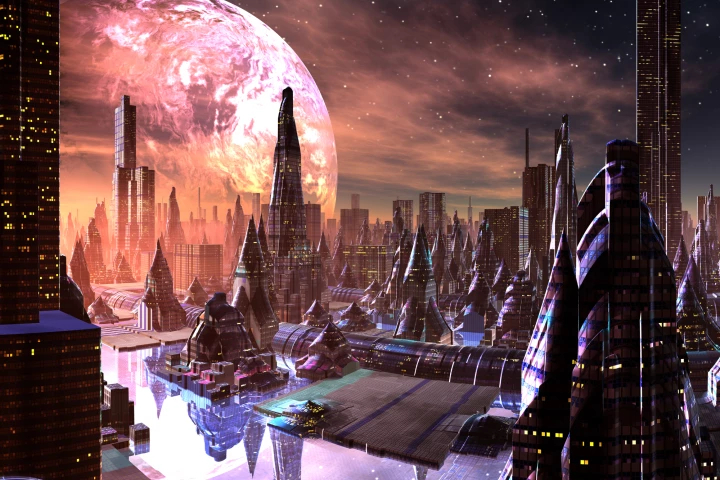Harvard-Smithsonian
-
The cosmos is full of surprises. Now astronomers have discovered a “heartbreak” star system where tidal waves, three times taller than the Sun, rise and crash on the surface of a giant star thanks to the motions of a smaller companion star.
-
Astronomers have discovered the most distant object ever seen – a strange galaxy some 13.5 billion light-years away. Named HD1, the galaxy may house a never-before-seen population of stars, or a supermassive black hole mysteriously ahead of its time.
-
Astronomers have discovered a big hole in space. New 3D visualizations of the Perseus and Taurus star-forming clouds have revealed a large cavity between them, possibly created in ancient supernova explosions.
-
Controversial physicist Avi Loeb is on the hunt for aliens again. His new Galileo Project aims to track unexplained oddities in the sky, study interstellar objects, and even examine the "possibility" of alien satellites watching us from orbit.
-
Supermassive black holes are usually stationary objects, thanks to their huge masses anchoring them in place. But now, astronomers have found evidence of a supermassive monster on the move within its home galaxy.
-
Harvard scientists have suggested that the Sun had a long-lost twin. An ancient binary solar system helps explain the strange structure of the Oort cloud, and possibly the hypothetical Planet Nine. Best of all, the team outlines how we could check.
-
Could there be a tiny black hole hiding in our own backyard? It’s been suggested that the hypothetical Planet Nine is actually a black hole, and now astronomers have proposed how we might find it in the next few years, using an upcoming telescope.
-
Given how big the universe is, chances are tiny that Earth is the only planet with life. But how would we find others? A new NASA grant has been awarded to try and do so by hunting for signs of advanced alien civilizations, or "technosignatures."
-
When looking for exoplanets that could potentially support life, astronomers start with those orbiting within the “habitable zone." A new study has found that two of the most promising planets are now even more promising, with axial tilts that likely give them regular seasons and a stable climate.
-
There are plenty of strange phenomena in the universe, and fast radio bursts are among the more mysterious. So far, we don't know the source of these high-energy light bursts, but Harvard researchers propose they're caused by planet-sized alien transmitters for powering interstellar spacecraft.
-
Black holes fall into two categories: stellar-mass, weighing a few times our Sun, and supermassive black holes, those with the mass of millions or billions of stars. But scientists suspect “middleweight” black holes exist, and have now detected the first evidence of one of these missing links.
-
Exoplanet GJ 1132b may be the first rocky planet outside our solar system where we detect oxygen in the atmosphere. But ET enthusiasts shouldn’t get their hopes up – orbiting extremely close to its star, the sweltering planet likely has a strong greenhouse effect and a magma ocean on its surface.
Load More











